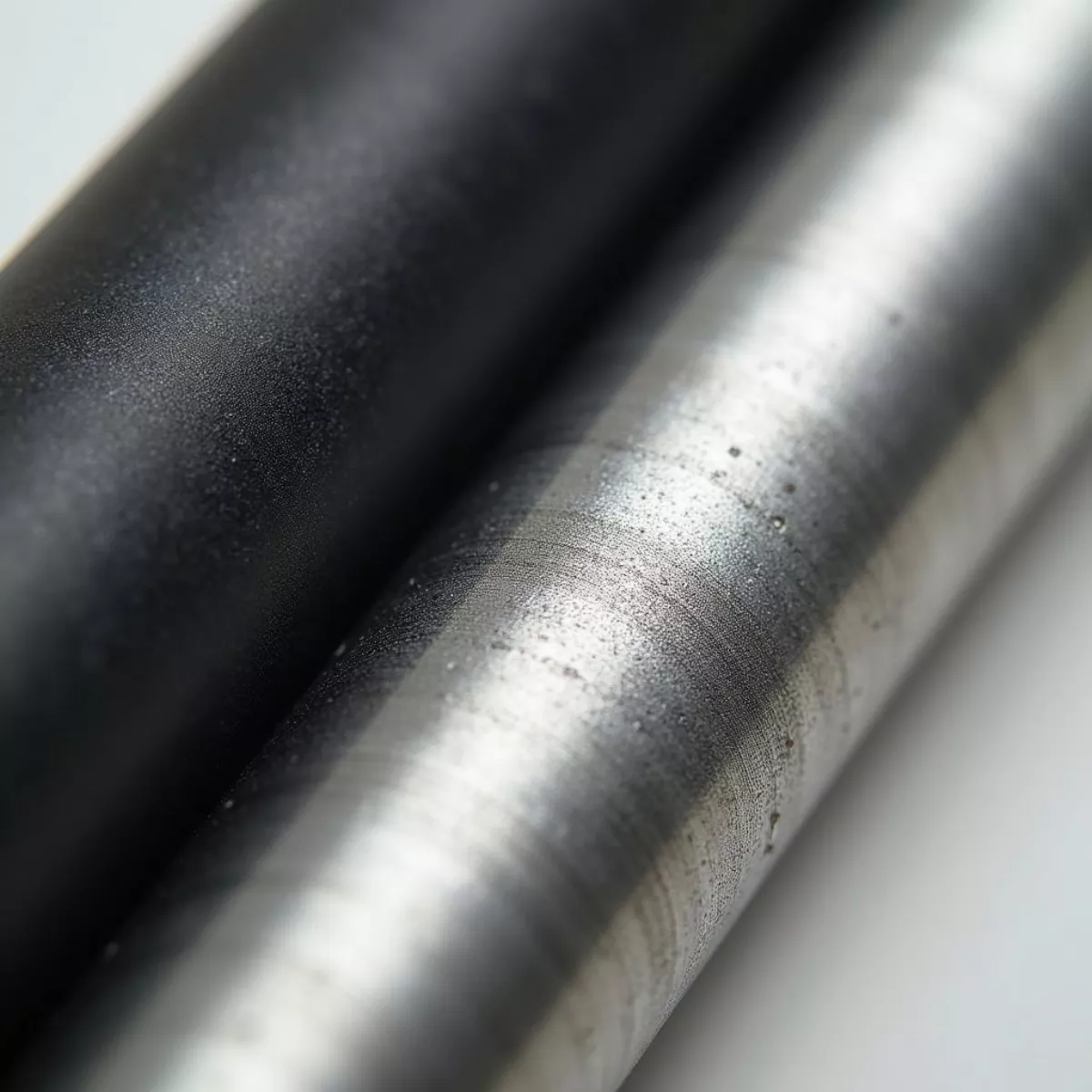When it comes to choosing golf clubs, one of the most important decisions you’ll make is between graphite and steel shafts. This decision can significantly affect your performance on the course. In this detailed guide, we’ll explore the benefits and drawbacks of each type of shaft so you can make an informed choice that’s right for your game.
Understanding Shaft Materials
Graphite Shafts
Graphite shafts are made from layers of carbon fiber, offering a combination of strength and flexibility. These shafts have become quite popular, especially among players looking for a lighter option.
Pros:
- Lightweight: Graphite shafts are lighter, making it easier to generate higher clubhead speeds.
- Flexibility: The increased flexibility leads to better distance for many golfers.
- Reduced vibrations: These shafts typically absorb more shock, which is easier on the hands and arms.
Cons:
- Cost: Graphite shafts tend to be more expensive than their steel counterparts.
- Durability: They are often more prone to damage, especially when compared to the ruggedness of steel.
- Feedback: Unlike steel shafts, graphite can sometimes lack the same level of tactile feedback.
Steel Shafts
Steel shafts are traditionally made from carbon steel or stainless steel. They are often favored for their durability and consistency.
Pros:
- Durability: Steel shafts are enduring and can withstand more wear and tear.
- Consistency: They offer a consistent flex, which can be beneficial for many players.
- Cost: Generally, steel shafts are more affordable.
- Feedback: Steel provides excellent feedback, allowing golfers to feel the shot more clearly.
Cons:
- Weight: Steel shafts are heavier, which can slow down swing speed.
- Vibration: They tend to transmit more vibration to the hands and arms.
 Golf club shafts – graphite and steel
Golf club shafts – graphite and steel
Performance Considerations
When deciding between graphite and steel shafts, it’s essential to consider your performance goals and individual needs.
Distance
- Graphite Shafts: The lightweight nature helps achieve higher swing speeds, which generally results in greater distance.
- Steel Shafts: These prioritize control and accuracy, allowing for consistent distance control but usually shorter than graphite.
Control
- Steel Shafts: Offer more control due to their heavier weight and consistency in flex.
- Graphite Shafts: Can be more challenging to control, but advancements in technology are narrowing this gap.
Feedback and Feel
- Steel Shafts: Provide superior tactile feedback, which many experienced players appreciate.
- Graphite Shafts: Absorb more shock, resulting in less feedback but a more comfortable experience for some golfers.
Player Profile
- Beginners and Seniors: Often benefit from graphite shafts due to their lightweight and reduced vibration.
- Experienced and Stronger Players: May prefer steel shafts for the control and feedback they offer.
 Golfer selecting a golf club
Golfer selecting a golf club
Practical Examples
Let’s look at some practical examples:
| Player Type | Recommended Shaft | Key Benefits |
|---|---|---|
| Beginner | Graphite | Lightweight, more forgiving |
| Intermediate | Either | Balance of control and distance |
| Senior | Graphite | Easier on joints, promotes distance |
| Experienced | Steel | Control, feedback |
| Fast Swing Speed | Steel | Consistency, durability |
Making Your Decision
When choosing between graphite and steel shafts, consider:
- Your swing speed: Faster swing speeds may benefit from steel.
- Your experience level: Beginners often find graphite easier to handle.
- Physical condition: Players with joint issues often prefer the vibration-dampening properties of graphite.
- Personal preference: Sometimes, trying out both options can help you make the best decision.
Key Takeaways
- Graphite shafts are lightweight and help increase swing speed but can be more expensive and less durable.
- Steel shafts offer better control and feedback and are generally more affordable and durable.
- Consider your playing style, experience level, and physical condition when choosing a shaft material.
 Golfer hitting a ball with a golf club
Golfer hitting a ball with a golf club
FAQs
1. What are the advantages of graphite shafts in golf clubs?
Graphite shafts are lightweight, allowing for faster swing speeds and greater distance. They also absorb more shock, reducing vibrations to the hands and arms.
2. Are steel shafts better for control?
Yes, steel shafts typically offer better control and more consistent flex, which benefits many experienced and stronger players.
3. Why might a senior player choose graphite over steel?
Graphite shafts are easier on the joints due to their vibration-dampening properties. They are also lighter, which can help seniors generate more swing speed and distance.
4. Is there a significant cost difference between graphite and steel shafts?
Generally, graphite shafts are more expensive due to the complex manufacturing process. Steel shafts are typically more affordable.
5. Do professional golfers use steel or graphite shafts?
Most professional golfers use steel shafts for their irons due to the control and feedback they offer. However, many use graphite shafts for their drivers and fairway woods for the added distance.
6. Can I mix graphite and steel shafts in my set?
Yes, some golfers choose to use a combination. For example, they might use graphite shafts in their woods for distance and steel shafts in their irons for control.
7. How do I know which shaft material is right for me?
The best way to determine the right shaft material is to consider your swing speed, experience level, physical condition, and personal preference. Testing both types in a fitting session can be very helpful.
8. Are graphite shafts less durable than steel shafts?
While advancements in technology have improved the durability of graphite shafts, they are still generally less durable than steel shafts, which are known for their ruggedness.
9. Do graphite shafts require special care or maintenance?
Graphite shafts should be inspected regularly for cracks or splits. Avoid storing them in extremely hot conditions, as this can weaken the material over time.
10. Which shaft type is more suitable for beginners?
Beginners often benefit from graphite shafts due to their lightweight nature and reduced vibrations, which make the game more enjoyable and less physically demanding.
Choosing the right shaft material can make a significant difference in your golf game. By understanding the pros and cons of both graphite and steel shafts, you can decide which is best suited to your style and needs. Whether you’re looking for distance, accuracy, control, or comfort, there’s a perfect match out there waiting for you.
Remember to consult with a professional or use a fitting session to get the most accurate recommendation tailored to your specific abilities and goals. Happy golfing!
